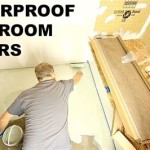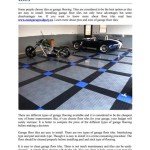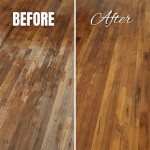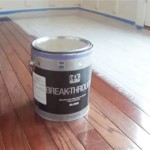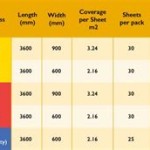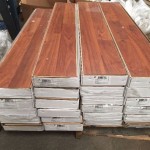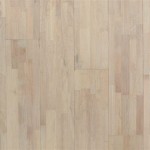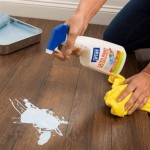How To Replace Glued Engineered Hardwood Floor Planks In Singapore
Replacing glued engineered hardwood floor planks in Singapore can be a daunting task, especially for homeowners unfamiliar with the process. However, with the right tools, materials, and steps, it is achievable. This article will guide you through the necessary procedures to successfully replace damaged or worn-out engineered hardwood floor planks in your Singapore home.
1. Assessing the Damage and Gathering Materials
The first step is to thoroughly assess the damage to the floor planks. Determine the extent of the affected area and whether replacing individual planks is sufficient or if a more extensive repair is required. It's essential to identify the type and thickness of the engineered hardwood planks, as well as the specific glue used for installation.
Once the damage has been evaluated, gather the necessary materials, including:
- Replacement engineered hardwood floor planks
- Wood glue (compatible with the existing glue type)
- Wood filler (matching the color of the flooring)
- Sandpaper (various grits)
- Putty knife
- Utility knife
- Hammer
- Measuring tape
- Level
- Safety glasses
- Gloves
- Dust mask
- Drop cloth
- Vacuum cleaner
2. Preparing the Damaged Area
Before removing the damaged planks, it's important to prepare the surrounding area. This involves protecting furniture and belongings from dust and debris. Cover adjacent rooms with drop cloths and tape off areas that are not being worked on.
Next, carefully remove the damaged planks. This can be done by using a pry bar and a hammer to gently lift the plank from the subfloor. Be cautious to avoid damaging the surrounding planks. Once the planks are removed, use a vacuum cleaner to remove debris from the subfloor.
3. Installing the Replacement Planks
With the damaged planks removed and the subfloor cleaned, you are ready to install the replacement planks. Begin by applying wood glue to the underside of the new plank, ensuring a thin and even layer. Use a putty knife to spread the glue evenly.
Carefully align the new plank with the surrounding planks, ensuring that it fits snugly against the existing planks. Use a hammer and rubber mallet to gently tap the new plank into place, ensuring that it is level with the surrounding planks. For a flush finish, you can use a block of wood to spread the pressure evenly while tapping.
Once the replacement planks are installed, allow the glue to dry completely according to the manufacturer's instructions. After drying, you can apply wood filler to any gaps or imperfections in the floor. Sand the filler smooth once it has dried, ensuring a seamless finish.
4. Finishing Touches
Once the wood filler has dried and been sanded, the final step is to refinish the floor. This involves sanding the entire floor to remove any unevenness or scratches, followed by applying a sealant or varnish to protect the wood and enhance its appearance.
Remember to use a dust mask and protective eyewear when sanding and applying finishing products. These precautions ensure your safety throughout the process.

Engineered Floor Fitting Wood Singapore

Mistakes To Avoid When Installing Engineered Wood Flooring Singapore

How To Repair Laminate Flooring Handyman Tips Singapore

Things To Know Before Installing Engineered Wood Flooring

Gap Filling Wood Floor Singapore

All About Laminate Flooring In Singapore

Parquet Floor Installation Dw Polishing Singapore Marble Services

Floors Boards Fitting Wood Floor Singapore

Engineered Timber Flooring All You Need To Know Singapore

Diy Vinyl Flooring For Your Home In Singapore
See Also
